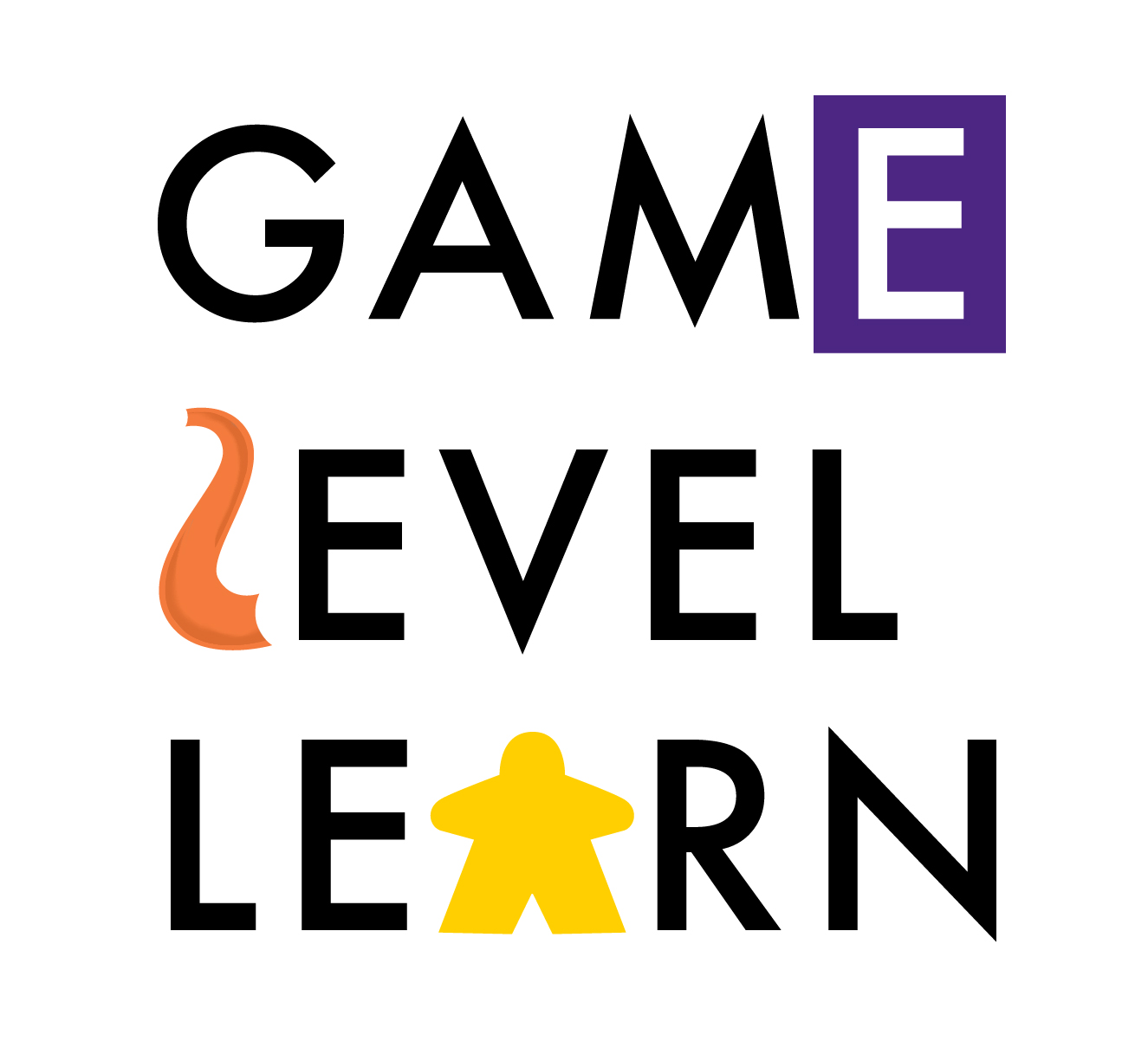Around the Classroom in 80 Games: 10 Days In Africa
/For a time in the mid-2000s, there was hardly a game day that didn’t feature one of the “10 Days In X” hitting the table. Whether the game was “10 Days in Africa” (my personal favorite because the map is pretty strategic to manage, making the game a little more engaging for adults and strategy-minded players), “10 Days in the Americas” or one of the other variants, these games consistently got played because they were fun (naturally), harder than they seemed and were really engaging to the puzzle-solving, pattern-making brain. Engaging to the adult, equally engaging to the child it seems to me.
All the games in this series could be used by teachers without modification to help students develop a sense of spatial relationships within the continent in question. In an American setting, many students don’t know that Egypt is in northern Africa, Guinea is in the west, Tanzania the east and Namibia is in the south. Simply knowing this could be the spur to curiosity that we need to see more of in American education. Students would, of course, benefit from having exposure to all of the different continents on offer in this game series.
But more than straightforward geographic awareness, what might a teacher of students between grades 3 and 7 do with a game like this?
War and Chaos: the teacher could introduce the study of war by showing how it disrupts lives. Every four or five turns, for example, students playing a regular game of “10 Days” might be told by the teacher that all routes that went through a certain country or region were no longer eligible to win because they were too dangerous to cross. The teacher could then assign students to study these areas of war and chaos as part of a more comprehensive learning objective.
Travel and Cost: Travel isn’t cheap! Students could build a route in the game and then do a project afterwards to understand what would actually be required to travel on that route in real life. This might include pictures of airports, airplanes, ground transportation and a budget worksheet. They could then act as travel agents selling their route and why its the best.
Personal Narrative: Students could play a game of “10 Days” and then use the journey they create as the skeleton for a story they would write about a character who might have travelled as they did in the game.
Interest in regional studies, economics, social justice, literature and history could all be enhanced by a round or two of this game right out of the box. It’s a great model for gamifying instruction as well, but that’s for another day.


